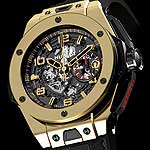
Despite all the excellent properties of conventional gold, it is very soft. Measured on the Vickers scale, 18k gold has a hardness of 140. By comparison, the steel alloy that’s commonly used for watch cases and bracelets, 316L stainless steel, ranges between 200 and 240 on the Vickers scale. Rose gold is slightly harder than yellow gold because there’s more copper in rose gold. Magic Gold, however, scores nearly 1,000 on the Vickers scale.
Hublot is not the first to introduce a harder form of gold. In 2010, A. Lange & Söhne developed a gold alloy for its 165th Anniversary Homage to F.A. Lange watch. It refers to this alloy, which measures 300 to 320 Vickers, as “honey-colored” gold.
Developing Magic Gold involved taking advantage of the minuscule pores in ceramic, an extremely hard substance. The manufacturing process, for which Hublot has received a patent, begins with ceramic powder. In this instance, the material is boron carbide, which is pressed into the desired shape under a pressure of about 30,000 lbs./sq. inch. The pre-formed pieces are then “baked” in a sintering furnace at 2,200 C: this heat treatment gives them a hard and porous structure, but doesn’t change the exterior shape. Next the technicians heat 24k gold, i.e., pure gold, to a temperature of 1,100 C and introduce the molten metal into an ultramodern machine. There, the liquid gold infiltrates the pores in the ceramic blank under a pressure of about 3,000 lbs./sq. inch and a temperature of 1,400 C. The liquefied gold fills the capillaries in the ceramic – and a new material is born.
You may wonder whether this new alloy is actually 18k gold, which must be composed of 750 parts pure gold out of 1,000. The answer is yes. After thorough research, the Swiss Central Office for Precious Metals Control determined that it does in fact consist of 75 percent pure gold.
In the next step, the piece is milled from the block of Magic Gold into the desired shape. The part is then further processed so it can be used for a Big Bang or King Power watch. Because the metal is so hard, diamond-tipped tools must be used to shape the piece. The surfaces are polished and then exposed to high-frequency ultrasound (50,000 hertz), which gives them an understated gleam. Watch cases made from Magic Gold components are assembled in the normal way.
The Big Bang Chrono Magic Gold, introduced at Baselworld in March, was the first Hublot watch made from the new material. The watch has an ETA 7753 movement and an entirely black dial.
Hublot found the team to create Magic Gold at Switzerland’s Federal Institute of Technology in Lausanne (EPFL), headed by Andreas Mortensen. On Mortensen’s team was a young metallurgical engineer, Senad Hasanovic, who joined the group as a doctoral candidate. After the project was completed, Jean-Claude Biver, Hublot’s former CEO and now its chairman, hired Hasanovic to work at Hublot and to produce the new material entirely in Hublot’s factory. Now 30, Hasanovic directs the manufacture of Magic Gold at a high-tech foundry that is part of Hublot’s watch factory in Nyon, Switzerland.
This new technology may be applied to some other metals, too. According to Hasanovic, aluminum and other metals can be melted and pressed into porous ceramic, but only if the metal’s melting point is below 1,500 C. Even carbon is suited to this process, a fact that especially interests Biver because Hublot recently formed a partnership with the Italian carmaker Ferrari. Hublot presented its Big Bang Ferrari Magic Gold watch at Baselworld.
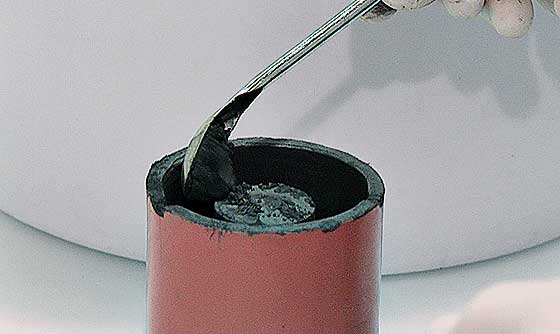
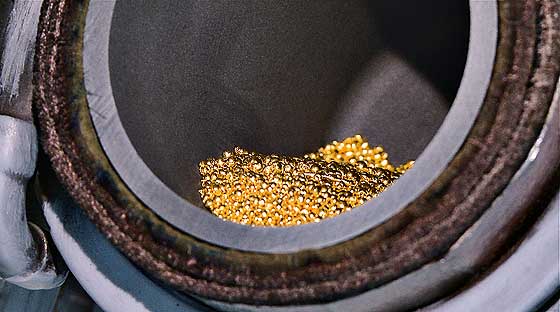
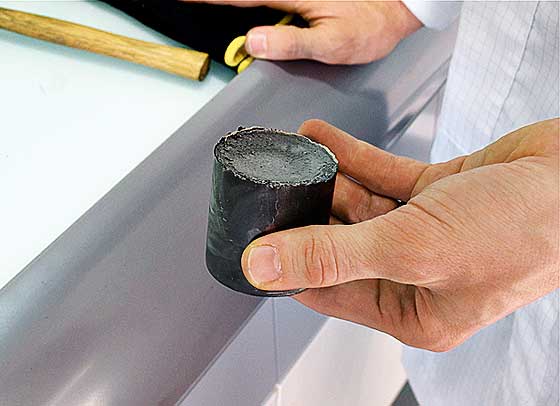
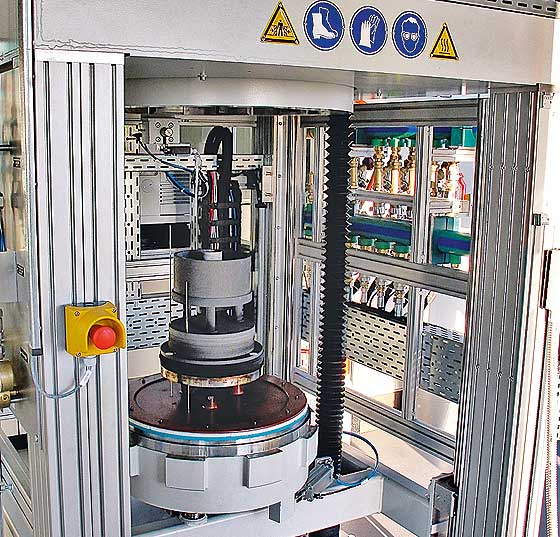
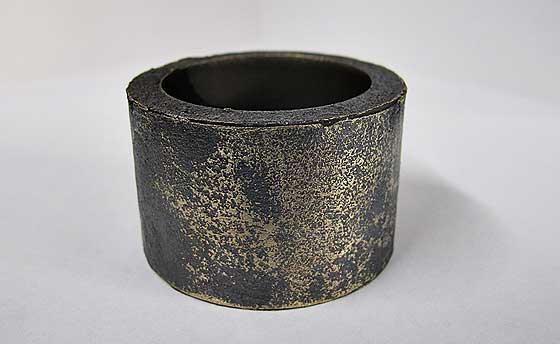

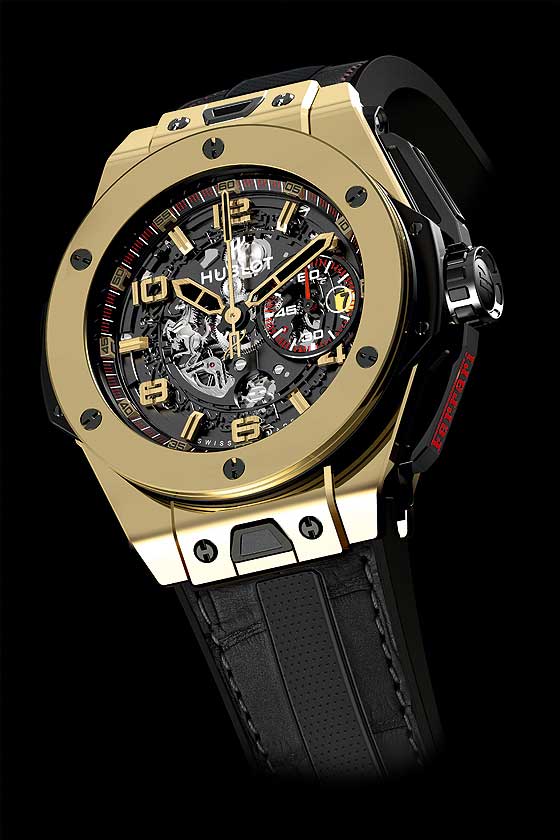
Receive all the news, features and reviews from WatchTime for free! Sign up to our free weekly newsletter and get all the news delivered to your inbox.

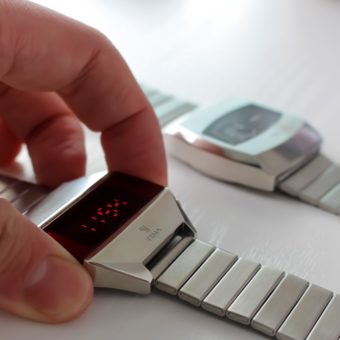
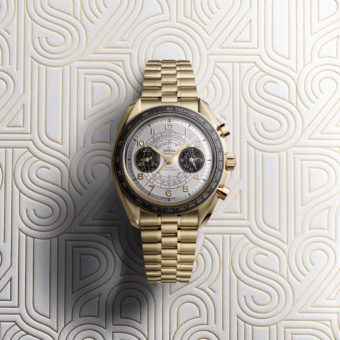
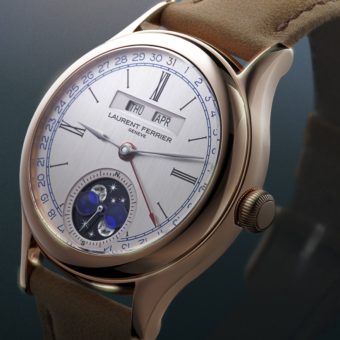
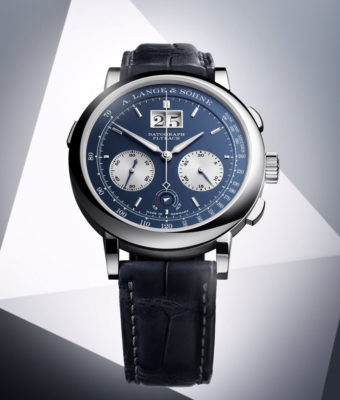
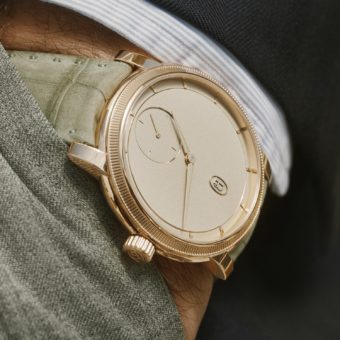
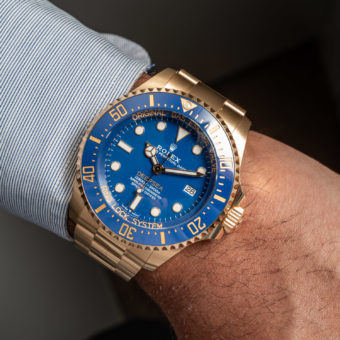
Your website has freaking pop up ads in each picture?
That’s pathetic.
Hublot has designed a magnificently beautiful and wonderfully creative time piece. I very much appreciated reading about the meticulous processes that went into the design and manufacture. Thank you for the the article.
All the Best
Thanks, Jay, we appreciate your support.